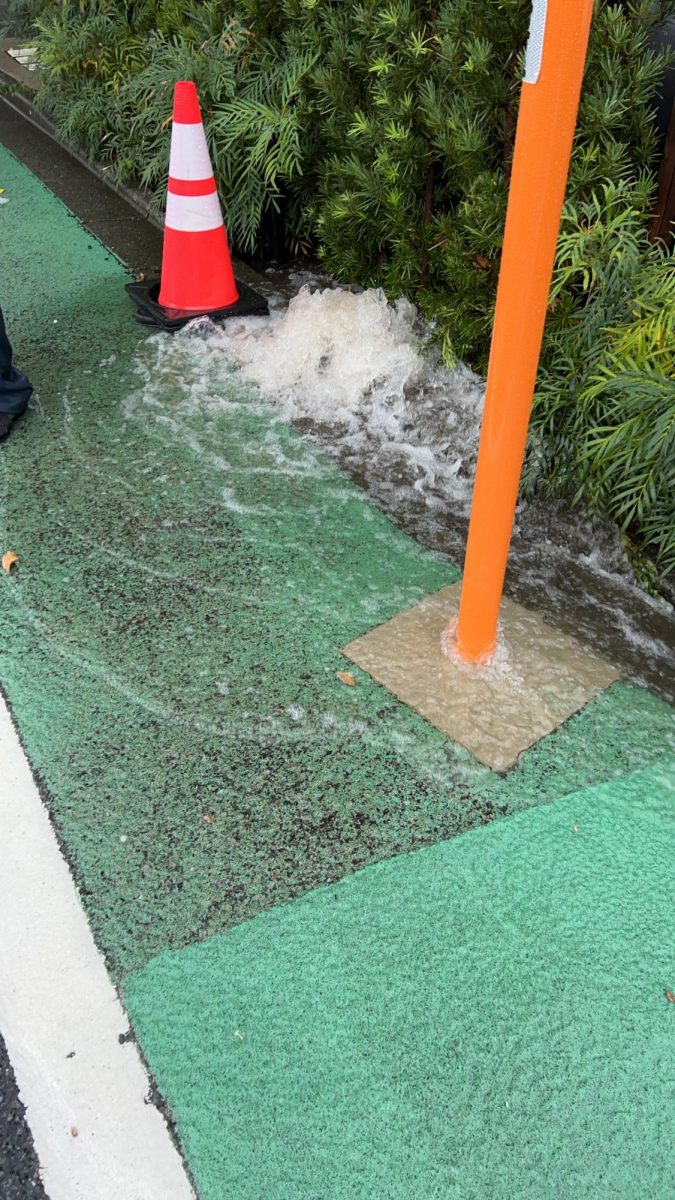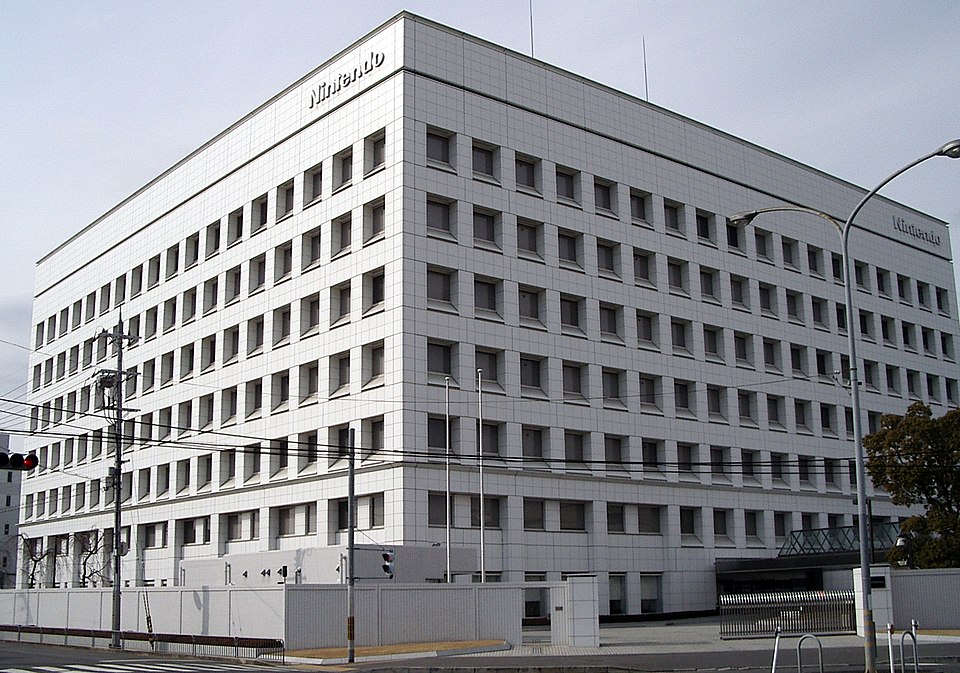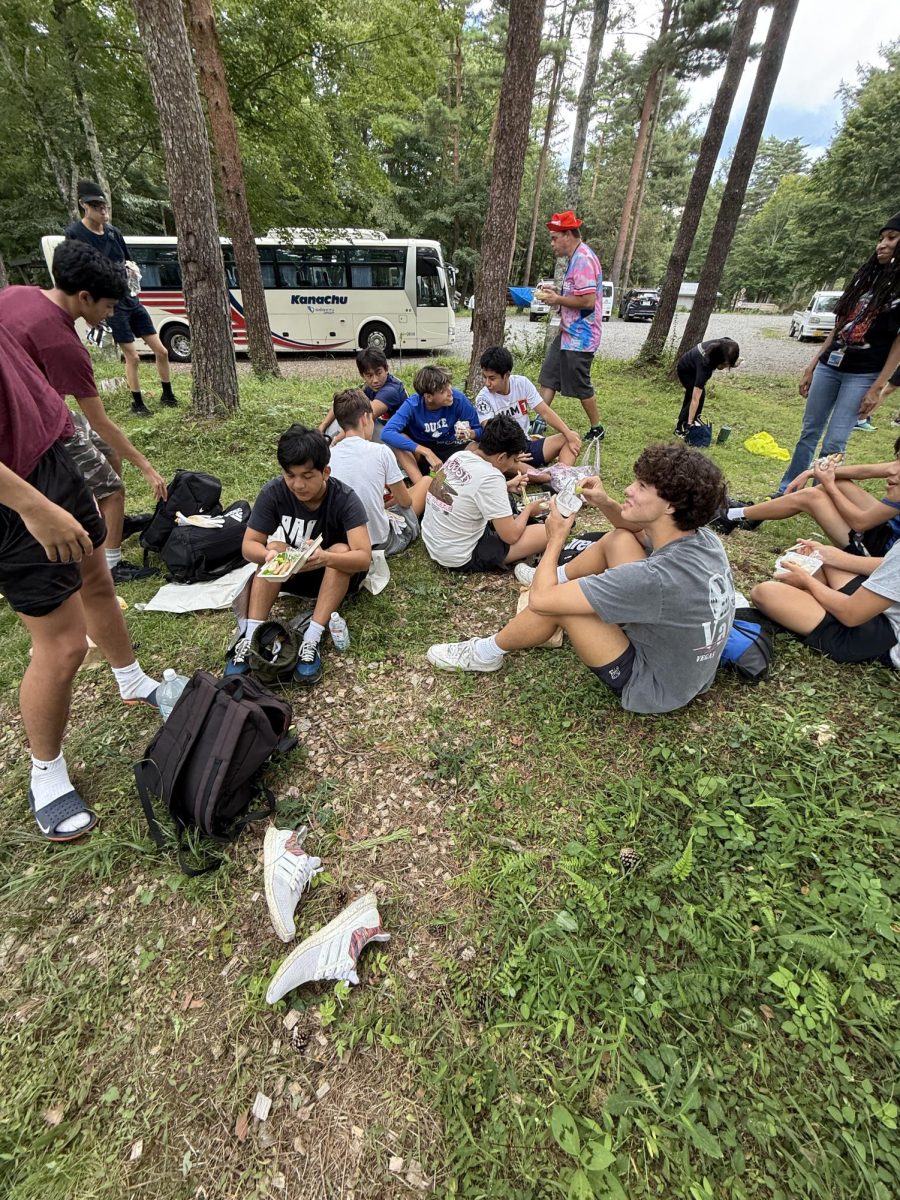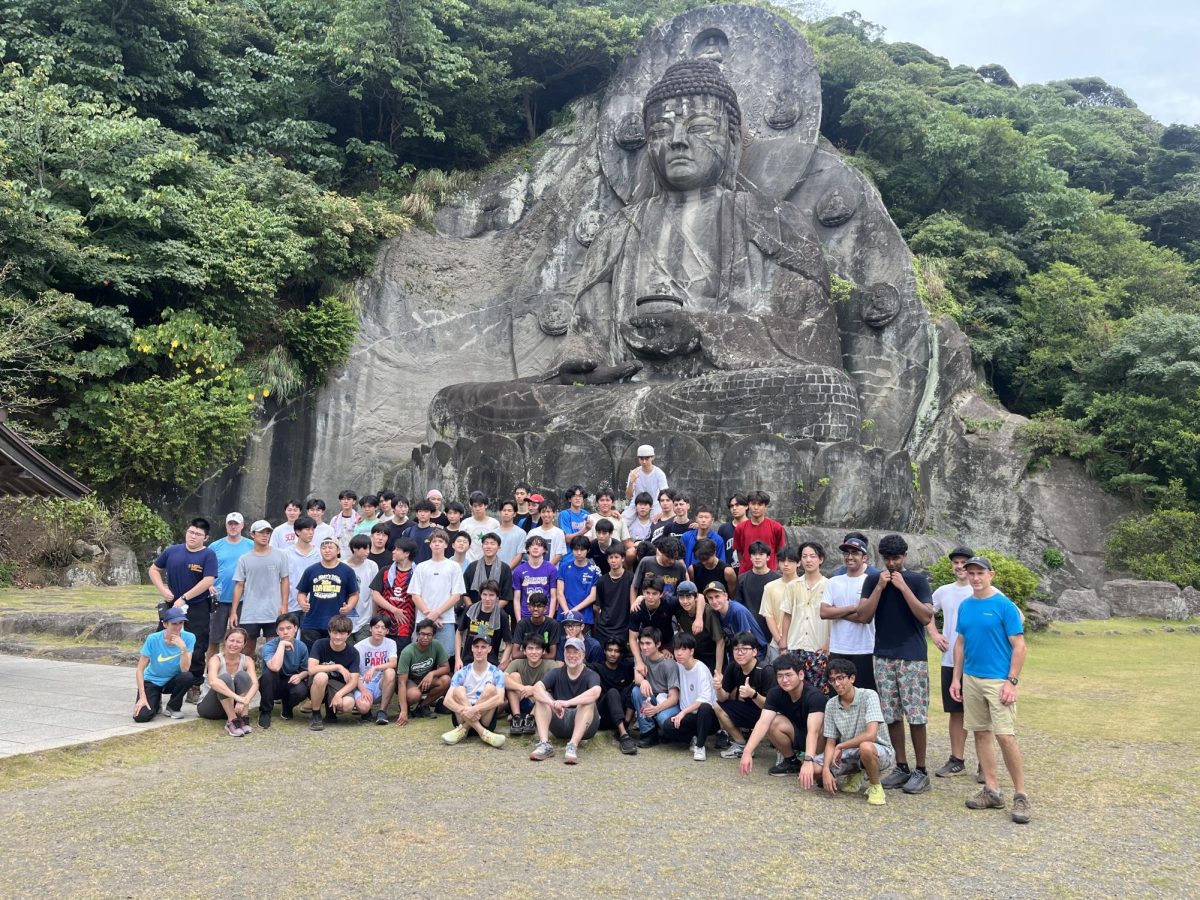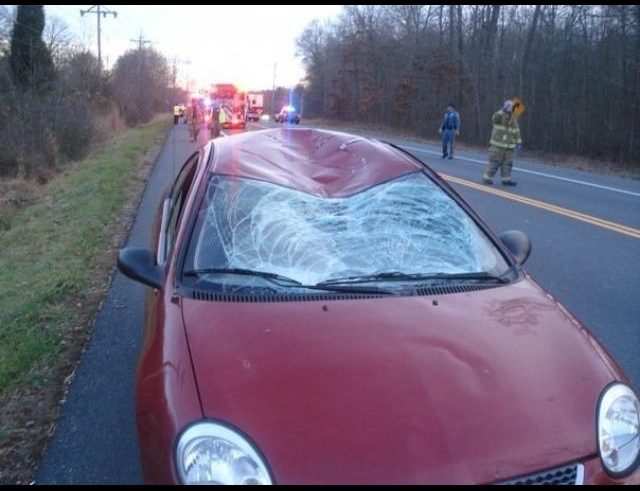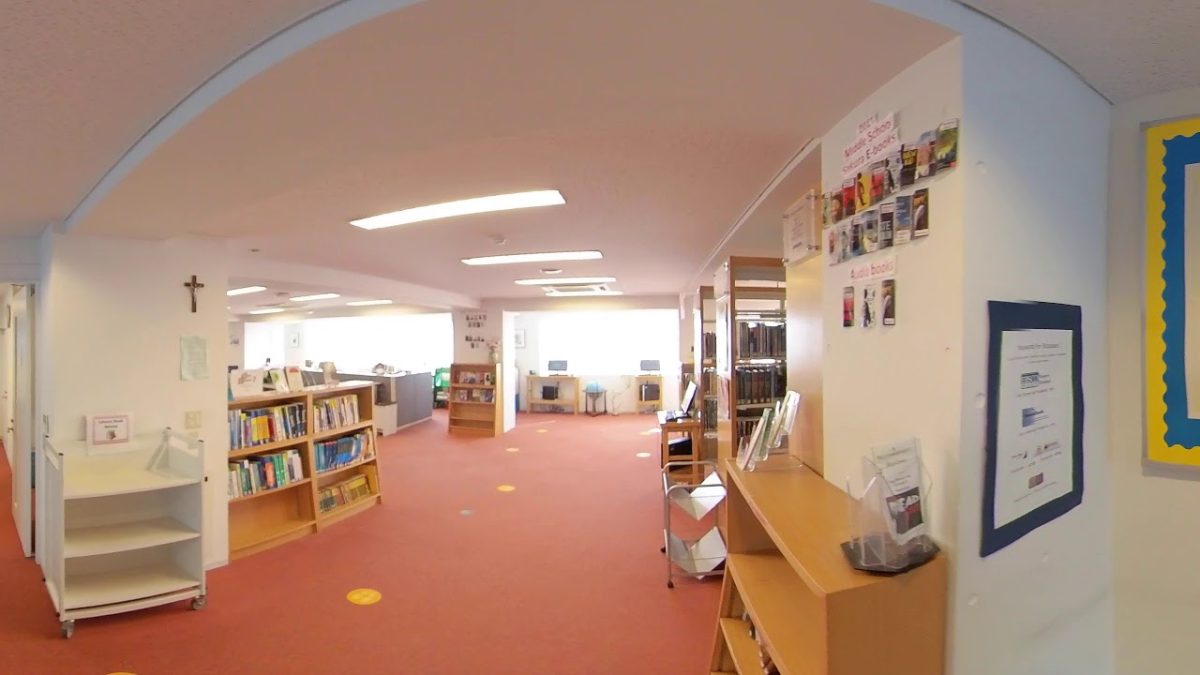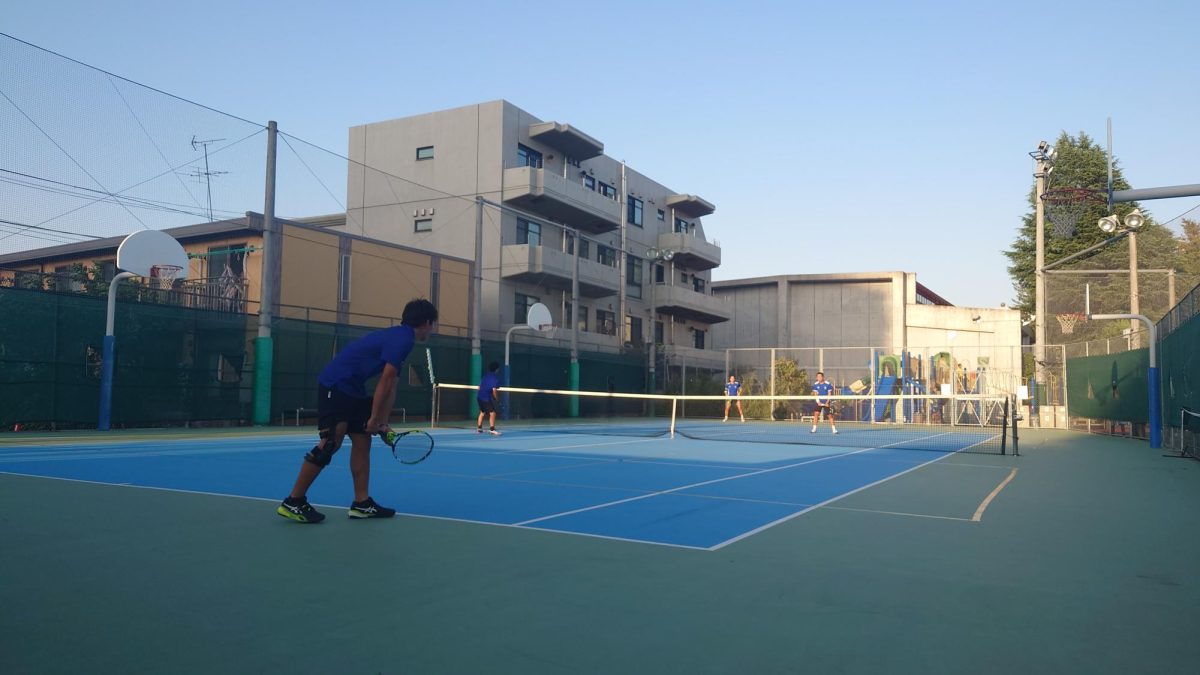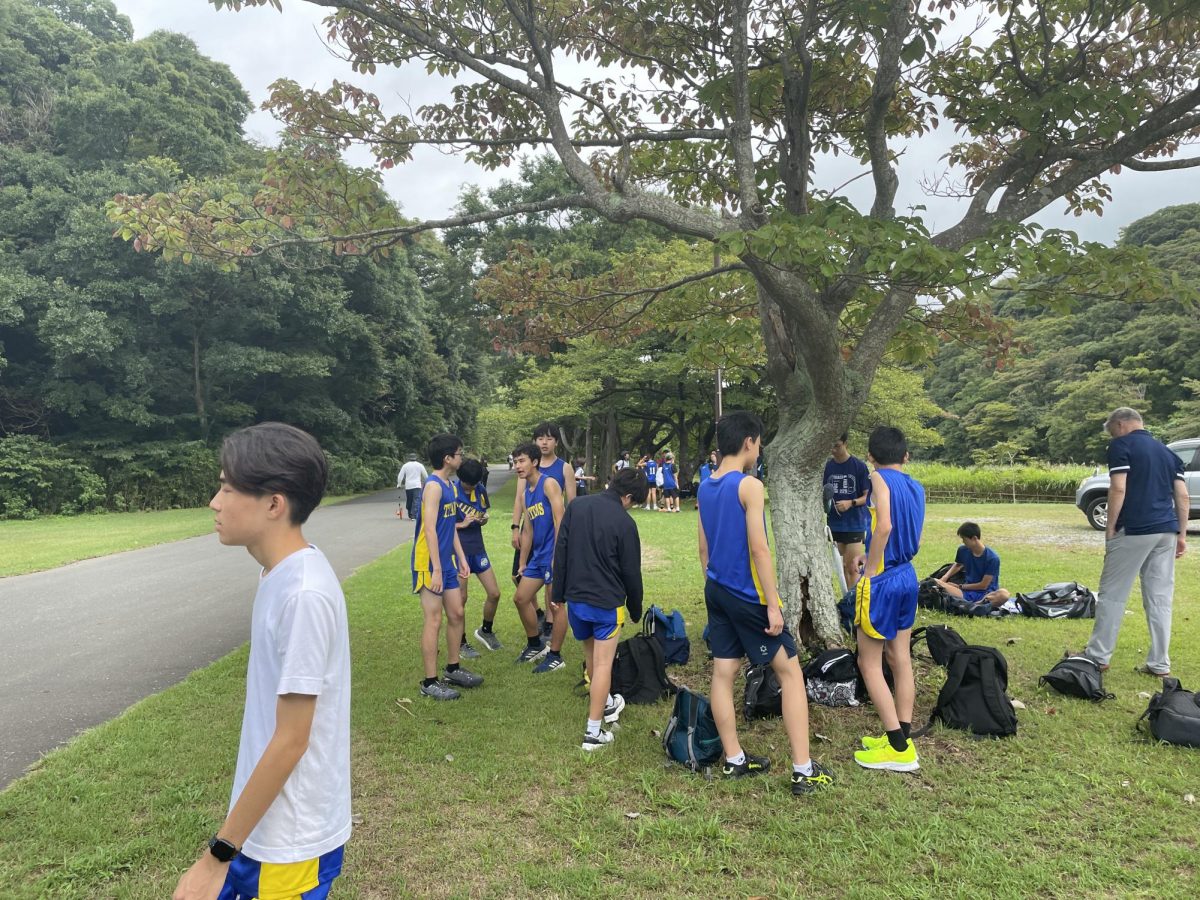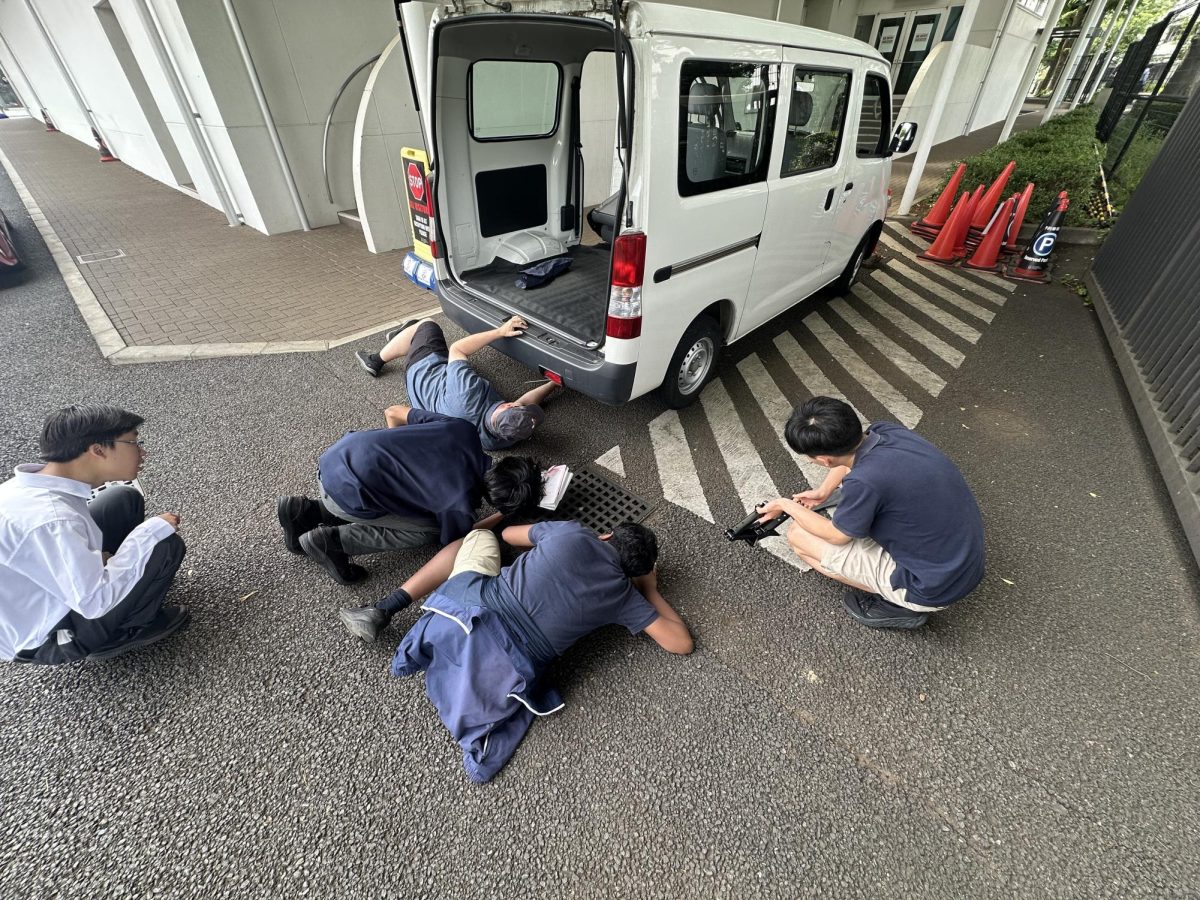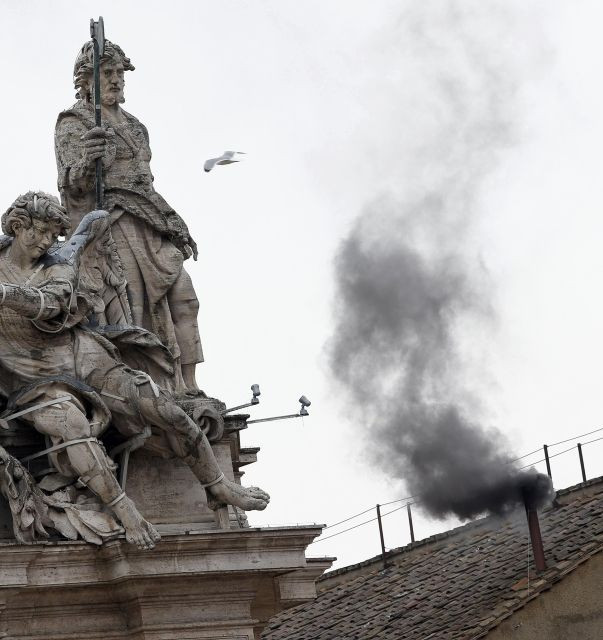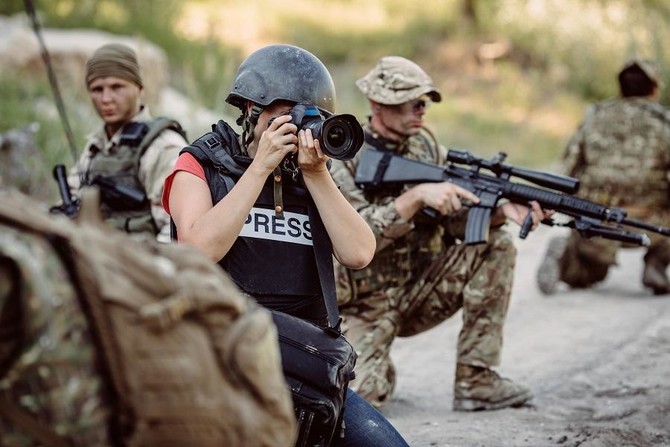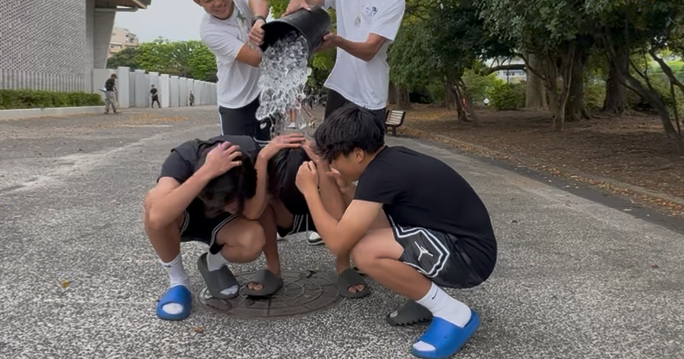It started with a splash and ended in a flooded locker room. At St. Mary’s International School, a group of students attempted the USC Ice Bucket Challenge inside the boys’ locker room, accidentally causing a large puddle of water to spread from the showers to the toilet area. The challenge, a spin-off of the original ALS Ice Bucket Challenge from 2014, was meant to raise awareness for mental health issues and suicide prevention. Typically, the challenge involves dumping a cold bucket of water over someone’s head and tagging friends to do the same. But this well-intentioned act quickly led to unintended consequences and new school rules.
In a Grade 8 survey, 92.2% of students said they were aware of the USC Ice Bucket Challenge, showing how quickly the trend spread. But while the message behind the challenge was positive, its impact at school came with unintended consequences.
In the showers, he noticed a large blue garbage bin filled nearly three-quarters of the way with water, along with several soaked garbage bags nearby. Although some of the water had begun to dry, the mess was still clearly visible, which made him even more doubtful that the rugby team was responsible. Later, a coach confirmed that when the students arrived, the locker room was already flooded, and the bin was already there. At that point, Mr. O’Hagan was still unaware that the Ice Bucket Challenge had taken place.
According to Mr. O’Hagan, an elementary school PE teacher, he was on campus on Sunday for a workout when he unexpectedly heard people in the locker room — unusual for a weekend when the school is typically empty. Curious, he went in to check and found a large puddle of water stretching from the showers to the toilet area.
“I thought it must’ve been the rugby guys messing around with water,” Mr. O’Hagan said. “But they told me it was like that when they arrived — and I was skeptical.”
Another teacher, Mr. Goldie, the middle school PE teacher, spoke about the aftermath of the incident.
“From what I understand, they did the bucket challenge somewhere in the back of the locker room,” the staff member explained. “A lot of water ended up flooding outwards toward the entranceway. When I saw it Monday morning, it had already evaporated quite a bit, but I saw photos, and it was deeper than I expected.”
No permanent damage was reported by the school, but from this incident, the school administrators made new rules:
No more garbage bins in the locker rooms.
Phones are banned from the locker rooms.
The locker rooms will be more tightly monitored.
The teachers and students agree that it’s good that students are taking action in this cause, but they want the students to do it responsibly.
“If they’re going to do something for a cause, that’s okay,” said Mr. O’Hagan, “But they should’ve done it outside, not inside the locker room. That’s just silly.”
“Just make it known. Get permission,” Mr. Goldie said. “Whoever gives you permission will help sort out the details, and most likely, it’ll be outside.”
8th-grade students participated in an interview on how they felt about keeping the challenge fun while staying out of trouble. Both Donovan and Taisei agreed that the challenge itself is good because it’s for a good cause, but it should be done outdoors.
“I think students should 1. Ask permission from a supervisor before doing the challenge. 2. Do it outdoors. 3. Do it safely. 4. Don’t waste water,” said Donovan.
“I think if students are going to do it on campus, they should do it in the field or just go off campus entirely,” said Taisei.
Locker flooding might have started with good intentions, but an important lesson can be shown from it, raising awareness without realizing the responsibilities attached. Sure, student activism can be great support for worthy causes such as mental health, but spontaneous actions without thought will only detract from the cause and cause unnecessary inconvenience.
It is a reminder that changes never come through excitement but are always brought by defined choices. Students, if given the right guidance, can channel their energies in constructive ways, thereby creating change without being disruptive. Given the proper guidance and management, an event like this could have worked wonders for school spirit and could be mobilized to bring about positive change in a more well-thought-out way.


